Some vegetables don’t just survive brutal heat—they strut right through it like it’s a runway. While your lettuce is fainting and spinach taps out by noon, these ten heat-loving beasts are just getting started. No shade? No problem. Scorching sun? Bring it on. They thrive when the garden feels like a furnace. If your summers cook your crops into compost, you need plants that fight back. The kind that don’t flinch at 100 degrees. The kind that keep growing, blooming, producing—while everything else sizzles. Ready to meet the toughest vegetables in the game? They’re bold. They’re sun-proof. And they’re here to save your summer garden.
Okra
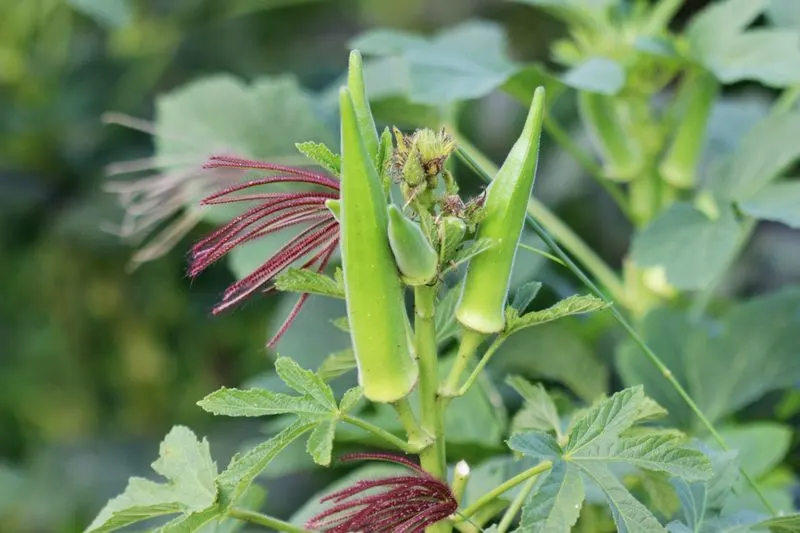
Okra, with its distinctive pods and lush green leaves, stands as a champion of heat resilience. Thriving under the sun’s intense rays, this vegetable doesn’t just survive—it prospers in hot climates.
Farmers often rely on okra during scorching summers when other crops falter. Its ability to retain water and resist drought makes it invaluable in arid regions.
Did you know? In ancient times, Egyptians cherished okra for its versatility in cuisine and its robustness against harsh desert conditions, symbolizing not only sustenance but resilience.
Sweet Potato

Sweet potatoes thrive where others falter, basking in the sunlight and warmth. Their sprawling vines cover the ground, providing a natural shade that conserves moisture.
As the heat intensifies, sweet potatoes dig deep into the soil, ensuring a bountiful harvest. This tuber is not only resilient but nutritious, offering vitamins and fiber.
Interestingly, sweet potatoes were a staple for early explorers, prized for their longevity and nourishment during long voyages, demonstrating their adaptability and resilience under tough conditions.
Eggplant
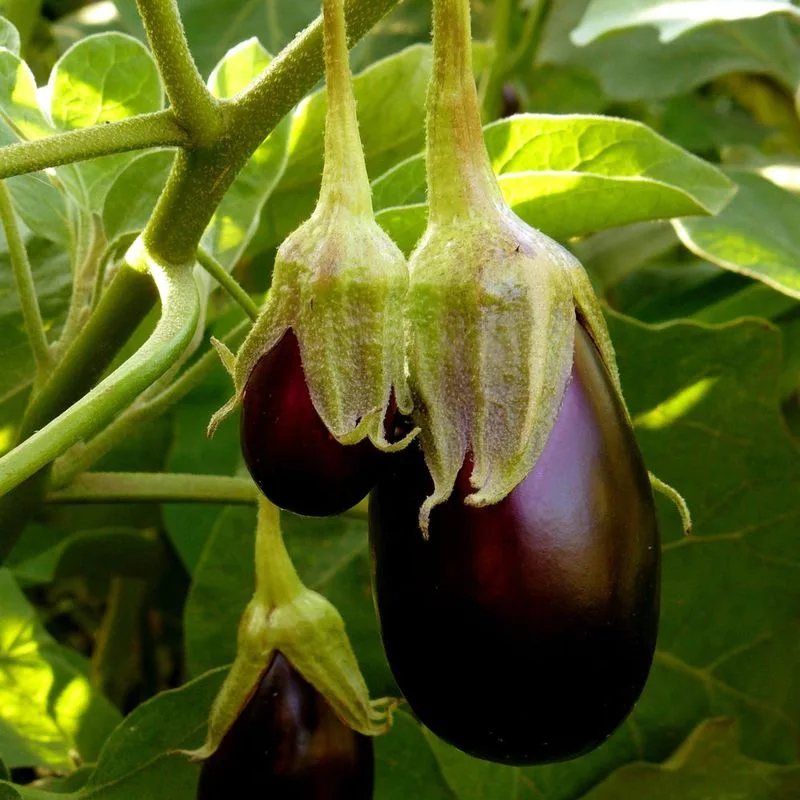
Eggplants flourish under the sun, their glossy purple fruits gleaming with promise. Originating from the tropics, they are no strangers to heat.
Their robust nature allows them to grow vigorously even when temperatures soar, offering a harvest full of flavor and nutrition.
A historical tidbit: Eggplants were first domesticated in southern Asia, where ancient cultures marveled at their heat tolerance and culinary potential, making them a staple in hot climates worldwide.
Chili Peppers
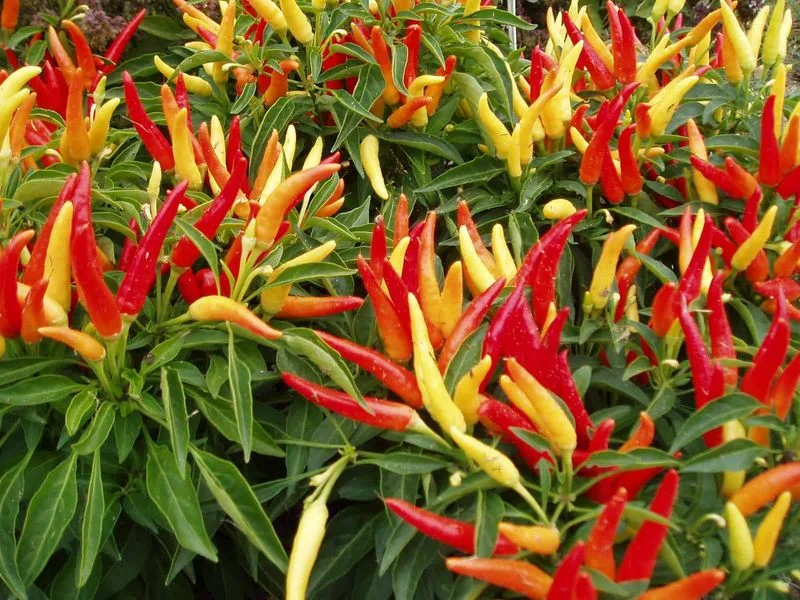
Chili peppers bring heat to the table, both in flavor and growing conditions. Known for their spicy kick, they also thrive in high temperatures.
Their ability to withstand scorching heat mirrors their fiery taste, making them a perfect match for hot climates.
Did you know? Chili peppers have been cultivated for thousands of years in Central and South America, revered not only for their spice but also their adaptability to harsh environmental conditions.
Tomato
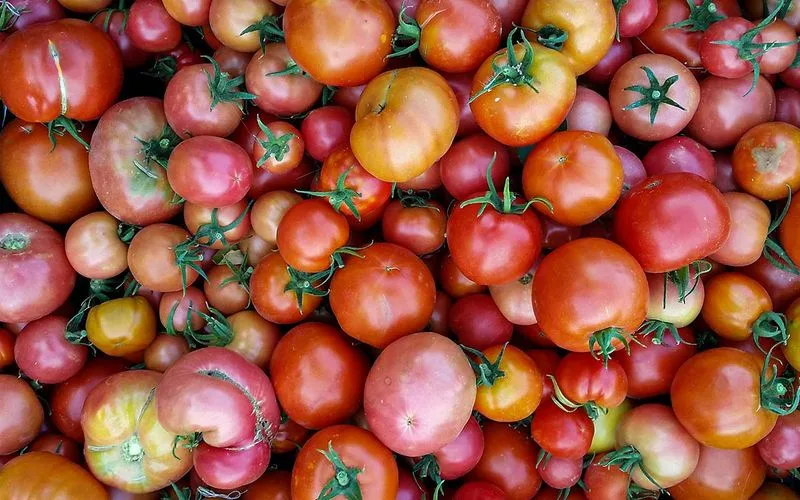
Tomatoes, with their juicy, flavorful fruits, bask in the warmth of summer. They soak up the sun, converting it into energy to produce abundant crops.
Even when temperatures rise, tomatoes continue to flourish, a testament to their resilient nature.
Interestingly, tomatoes were once considered poisonous in Europe due to their relation to the nightshade family, but now they’re beloved worldwide, especially in warm, sunny climates where they grow best.
Cowpeas
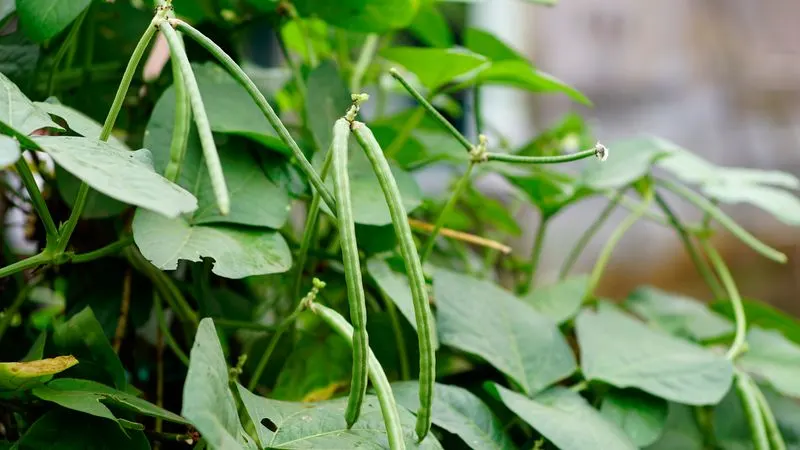
Cowpeas, also known as black-eyed peas, are drought-tolerant legumes that thrive in heat. Their ability to fix nitrogen enhances soil fertility, making them invaluable in hot regions.
This legume’s resilience ensures it continues to grow and produce even when water is scarce.
Fun fact: Cowpeas have been a dietary staple in Africa for centuries, revered for their nutritional value and ability to flourish in challenging conditions, providing sustenance where other crops fail.
Amaranth
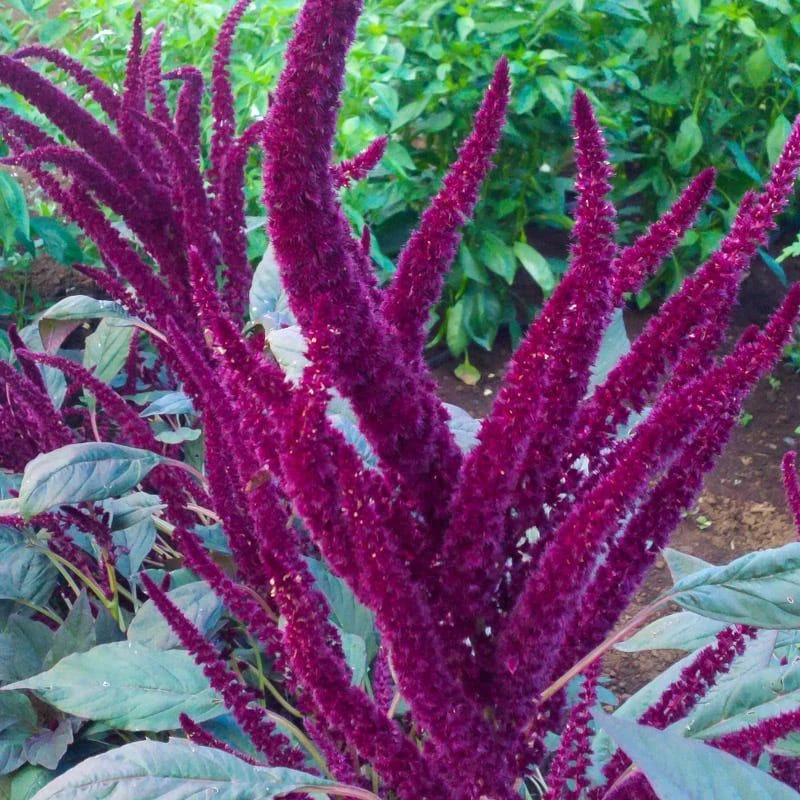
Amaranth is a heat-loving powerhouse, with vibrant leaves and seeds packed with nutrients. This ancient grain stands tall under the sun, resistant to drought and poor soil.
Its adaptability to various environments makes it a critical crop in heat-affected regions.
Did you know? Amaranth was a staple of the Aztec diet, valued not only for its nutritional benefits but also for its ability to thrive in the arid climate of Central America, representing both sustenance and resilience.
Bitter Melon

Bitter melon thrives in tropical heat, its unique fruits hanging like warty treasures. This vine loves the sun, growing abundantly in high temperatures.
Its bitterness may be an acquired taste, but it is cherished for its medicinal properties and nutritional value.
Historically, bitter melon has been used in Asian medicine for centuries, appreciated for its ability to thrive in tropical climates while offering health benefits, truly a resilient crop.
Malabar Spinach
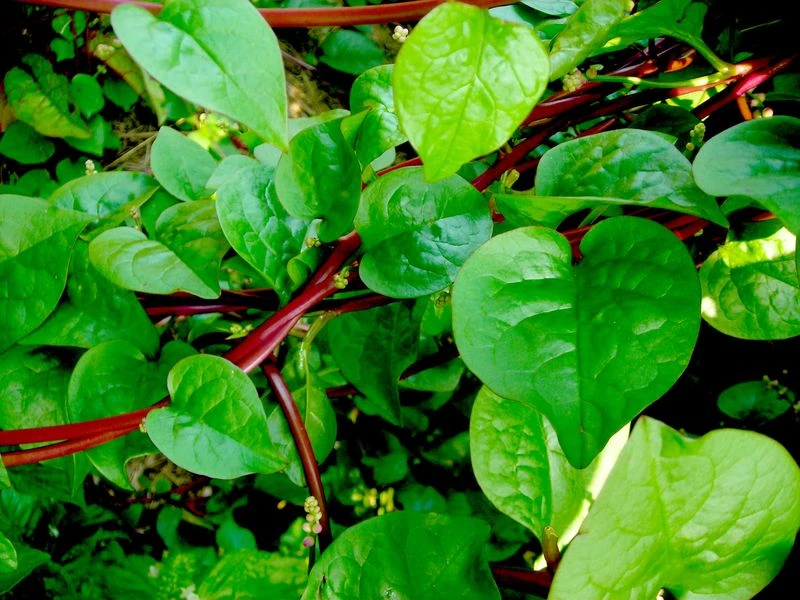
Malabar spinach, with its glossy, succulent leaves, flourishes in the heat. Unlike traditional spinach, it thrives in warm weather, making it perfect for summer gardens.
This climbing vine offers both beauty and nutrition, growing vigorously under the sun.
Interestingly, Malabar spinach is native to Asia and Africa, where it’s valued for its heat tolerance and nutritional benefits, providing greens even in the hottest of climates, showcasing its adaptability and resilience.
Yardlong Beans
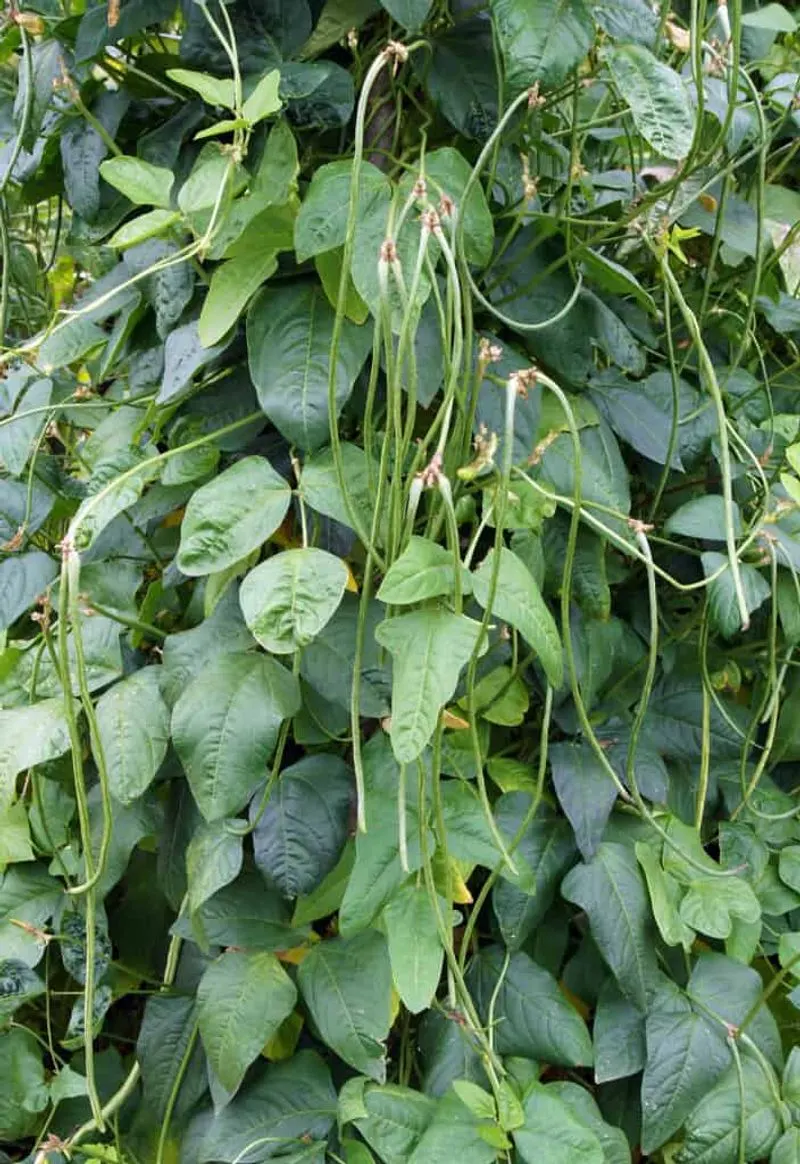
Yardlong beans, known for their lengthy pods, embrace the sun’s warmth wholeheartedly. These beans grow rapidly in tropical climates, offering a continuous harvest.
Their climbing habit makes them ideal for trellises, maximizing space in hot gardens.
Fun fact: Yardlong beans, a staple in Southeast Asian cuisine, have been cultivated for centuries, admired for their ability to thrive in hot, humid environments, symbolizing abundance and resilience.

